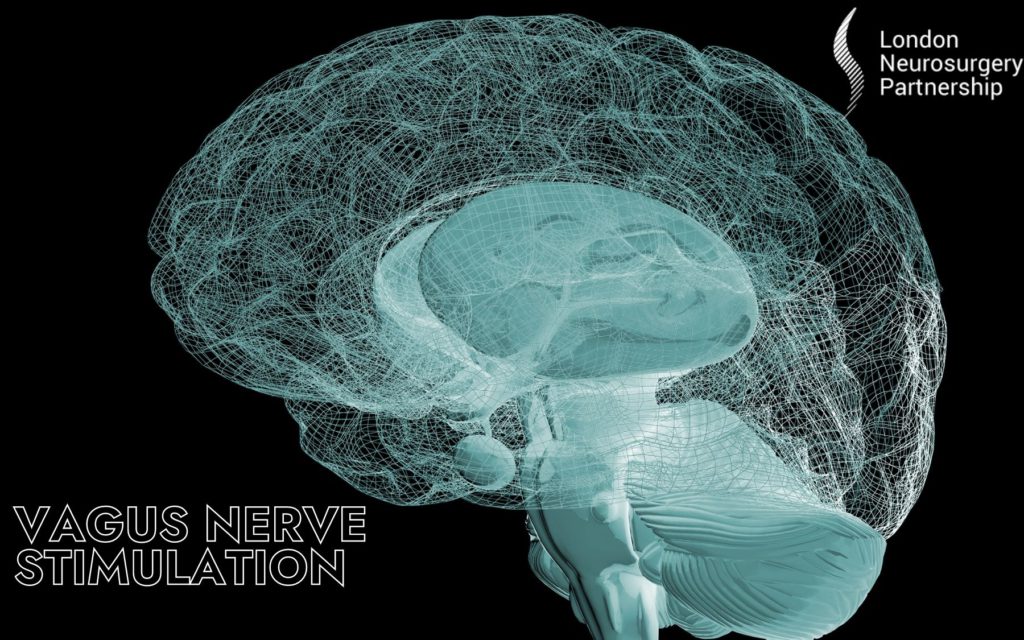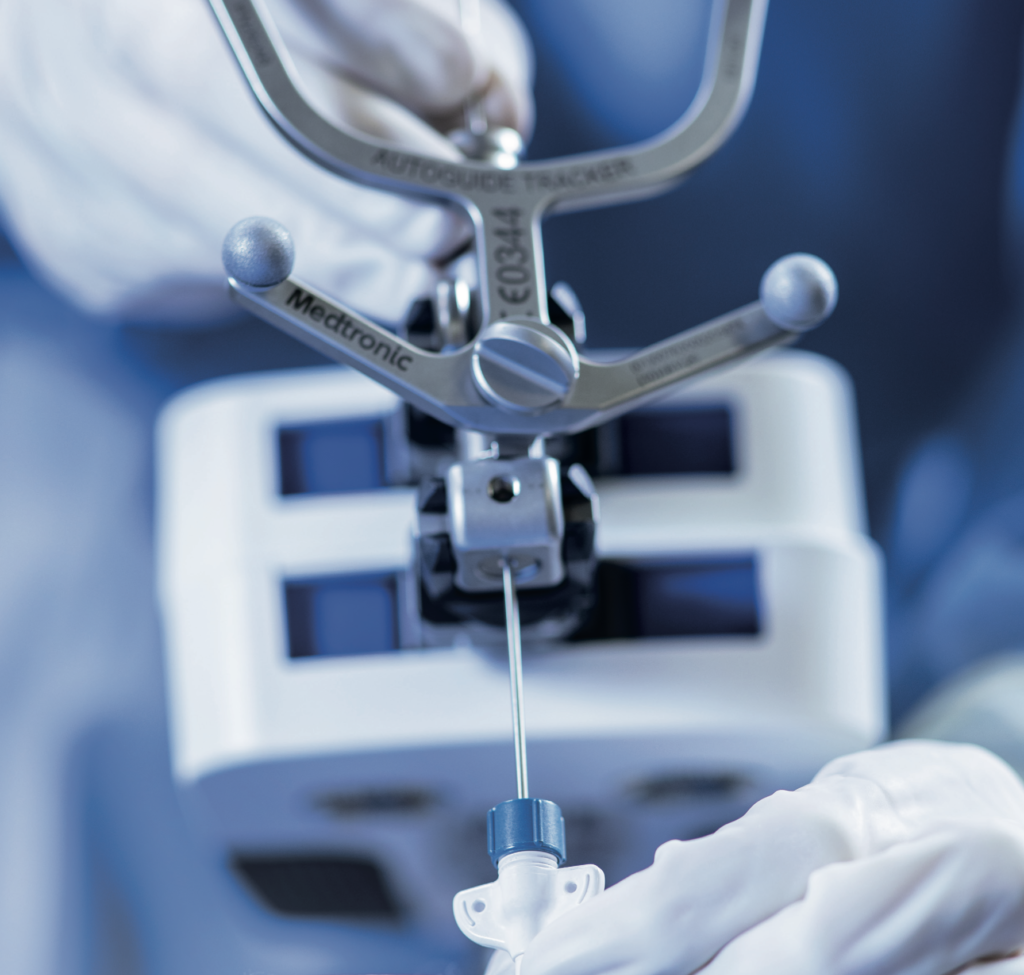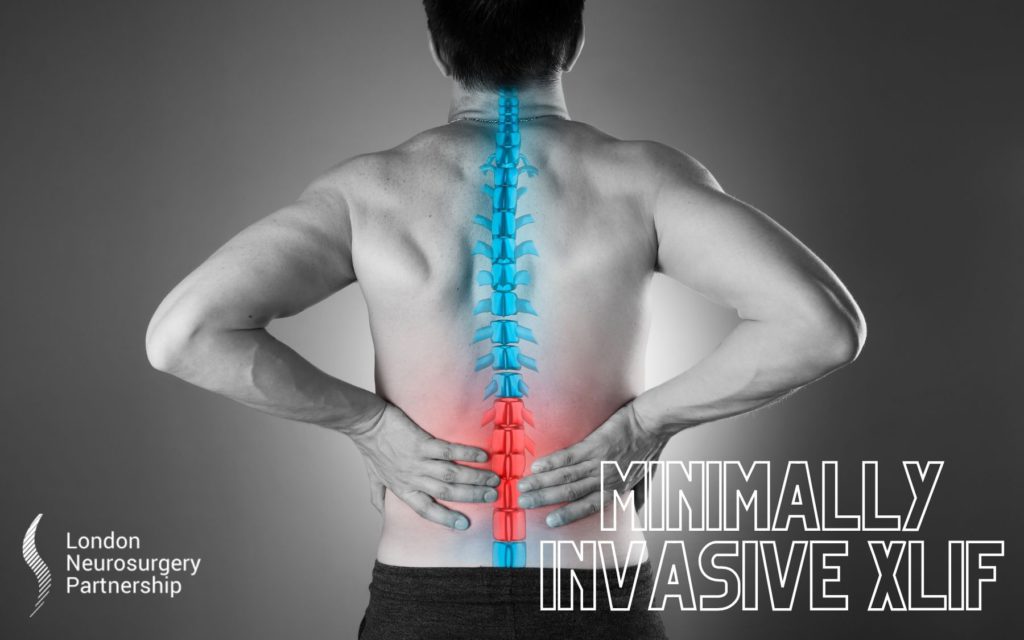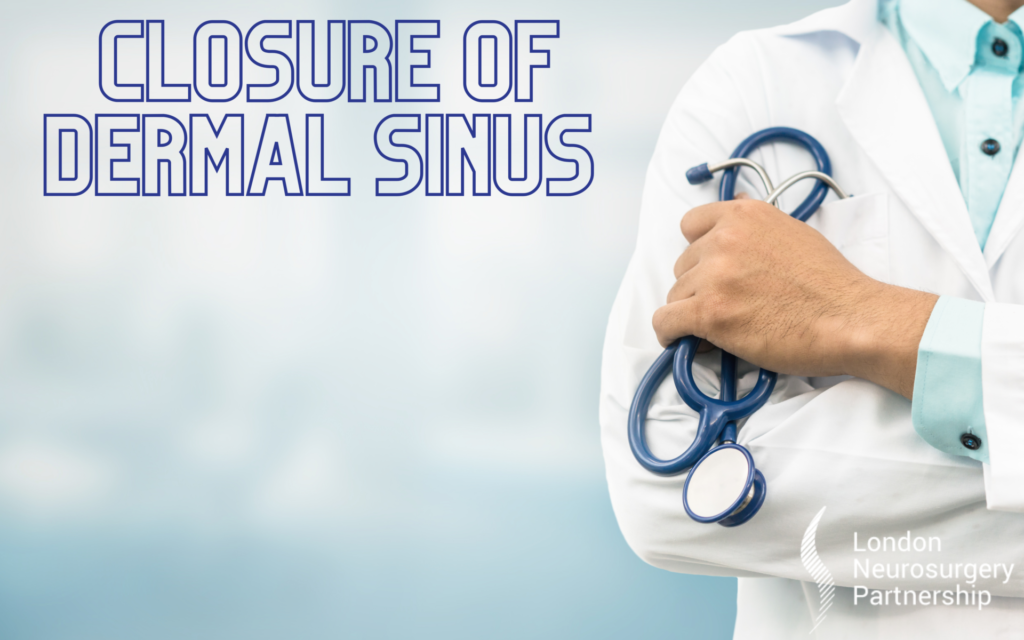
What is Vagus Nerve Stimulation?
Vagus nerve stimulation is a type of neuromodulation. The aim of the treatment is to help children above the age of 4 and adults control their epilepsy. The neurostimulator is surgically implanted in to the chest with a wire connecting to the left vagus nerve. The vagus nerve is the 10th cranial nerve and runs from the brainstem right down towards the abdomen. The stimulator uses pulses of electricity that sends signals to your brain to ultimately prevent or lessen seizures. Having regular pulses of electricity sent to the brain can help people who are not aware seizures are going to happen or if they occur at night. VNS will not help patients who have non-epileptic seizures, this is because it is not associated with electrical activity in the brain.
This treatment is extremely helpful for patients that have not achieved control on anti-seizure medication and other techniques. Vagus nerve stimulation is also helpful to patients suffering from depression and have not responded to anti-depressant medication and other treatments such as counselling.
There are different models of VNS and your consultant will point you in the direction of the correct one for you.
Vagal nerve stimulation insertion
As with all surgical procedures there are common risks and side effects attached to this procedure:
Risks
- Infection
- Difficulty swallowing
- Pain in the location where the cut was made
- Loss of speech
Side effects
- Hoarseness and voice changes
- Headache
- Difficulty swallowing and throat pain
- Shortness of breath
- Sleep apnea or insomnia
- Tinging of the skin
Some people may get no side effects whatsoever, but if you do experience any of the above then it should be tolerable and get better over time. If it is affecting your day to day activities then consult your doctor.
Before your procedure it is important for you to be fully informed of all the pros and cons and your consultant will go through, in detail exactly what will happen and answer any questions you may have. Remember, no question is a silly question and your doctor will want you to have all the information possible to process.
You will be advised on what medications to stop prior to surgery and when to fast, which is usually 6-8 hours before.
Patients can be awake or asleep during surgery, the area will be numbed with local anaesthetic if awake.
Two incisions will be made, one in your chest or armpit and the other on the left side of the neck. The vagal nerve stimulation will be implanted on the left side of your chest and a wire is guided under your skin from your chest and attached to the left vagus nerve where the neck incision was made.
After surgery you will have a follow up consultation where the doctor will turn on the vagal nerve stimulation device and test the frequency and duration correct for you, it will then be able to deliver electrical pulses to your vagus nerve. The vagal nerve stimulation is not able to detect an impending seizure but your doctor would have set on and off cycles tailored to you. There is also a hand held magnet for people who can feel seizures about to happen or know their triggers and are about to initiate stimulation themselves. The magnet can also turn off the vagal nerve stimulation.
This article is intended to inform and give insight but not treat, diagnose or replace the advice of a doctor. Always seek medical advice with any questions regarding a medical condition.





0 Comments